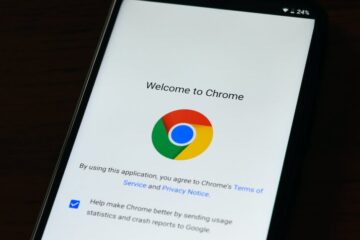Google’s email service, Gmail, announced the general availability of its client-side encryption feature for email on Monday. Client-side encryption provides an extra layer of security to protect email content from unauthorized access. The feature was first introduced in beta last year and has since undergone testing before becoming generally available.
Gmail’s client-side encryption feature encrypts email content before it is sent and stored in the cloud, meaning only the intended recipient can decrypt and access the content. This is in contrast to traditional email encryption methods that rely on server-side encryption, which can be vulnerable to attacks and breaches.
To use the new feature, users will need to install the appropriate extension for their browser or email client. Gmail has partnered with several security companies to provide extensions for popular email clients such as Microsoft Outlook, Apple Mail, and Thunderbird.
This move towards client-side encryption is in response to growing concerns over privacy and security in online communication. With more and more sensitive information being shared online, email providers are under increasing pressure to provide more robust security measures. Client-side encryption is one such measure that provides end-to-end encryption and helps to ensure that only the intended recipient can access email content.
While Gmail’s client-side encryption feature is a step in the right direction, it is important to note that it is not a silver bullet for email security. Users still need to take appropriate measures to protect their accounts and data, such as using strong passwords, enabling two-factor authentication, and being vigilant against phishing attempts.
Overall, the general availability of Gmail’s client-side encryption feature is a positive development for email security, providing an extra layer of protection to help keep sensitive information secure. As email remains one of the primary forms of communication in both personal and professional contexts, it is important that users have access to robust security measures to protect their data and privacy.




